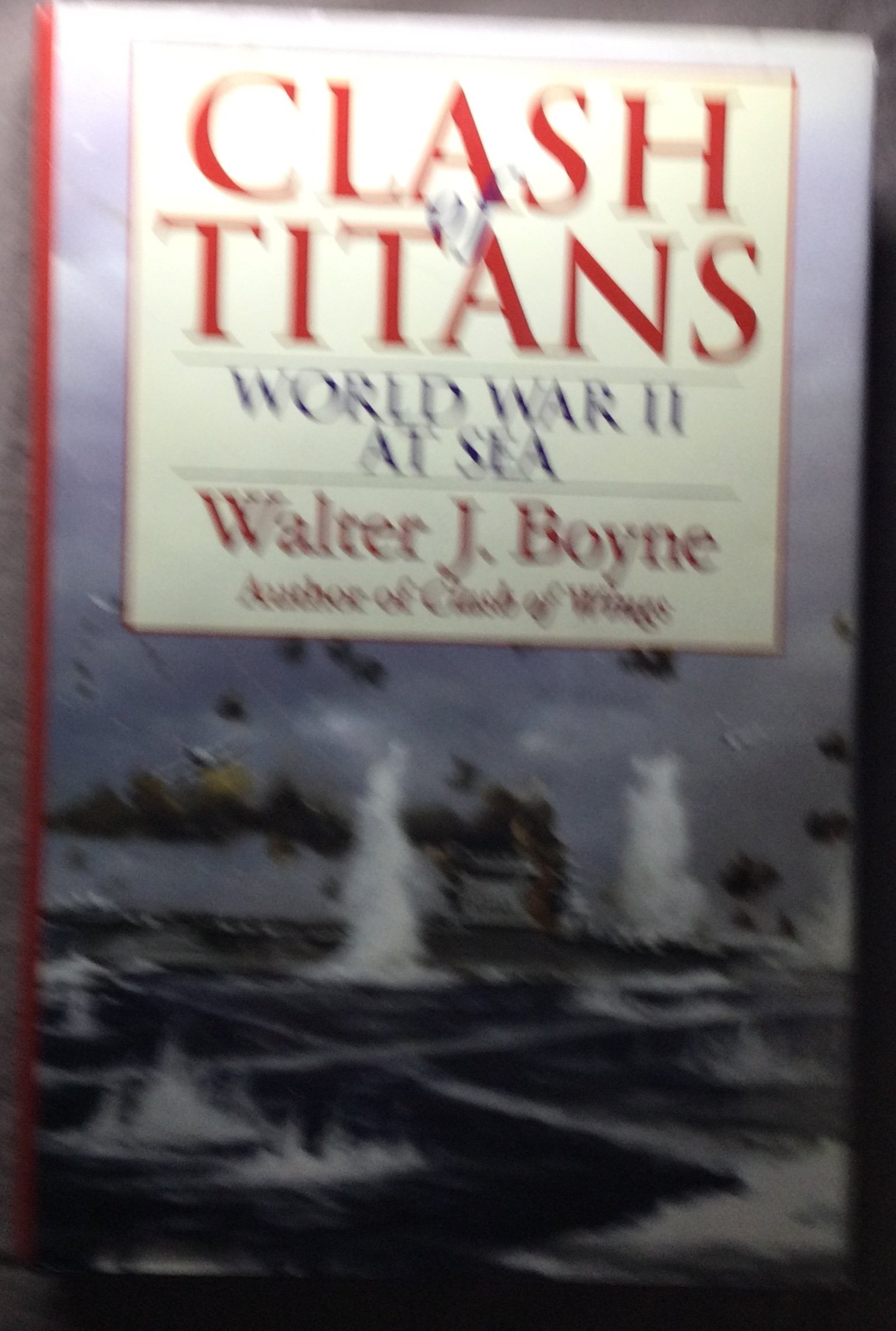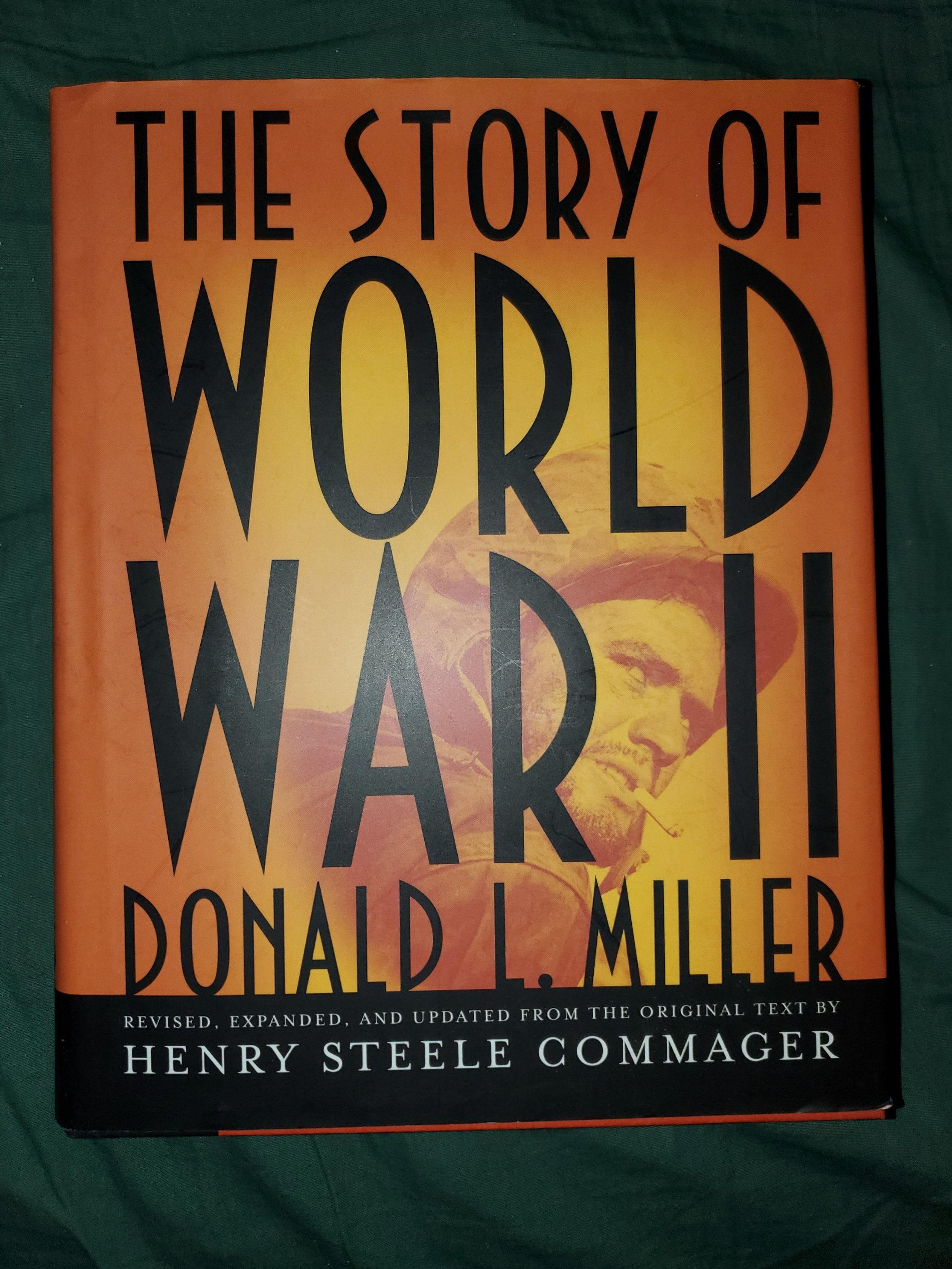 Image 1 of 1
Image 1 of 1


Clash of Titans | World War II at Sea
Author - Walter J. Boyne
Year published - 1995
Published by - Simon & Schuster
Book Format - Hard Cover
Genre - World War 2 - General
Summary
Clash of Titans covers every aspect of the sea war, including the contributions of the lesser naval powers, France, Italy and the Soviet Union, as Walter J. Boyne evaluates strategies, analyzes major battles and examines the leading personalities on both sides. Both Germany and Japan, says Boyne, had their best chances at victory early in the war: Germany's U-boat fleet, small in number at the beginning of the war, threatened to starve England of food and fuel. The Japanese navy, highly trained and with the best torpedoes, optical instruments and pyrotechnics in the world, humiliated the U.S. Navy in one defeat after another. Yet, as time passed, the two great democracies, Britain and the United States, resilient and possessed of the productive power to create huge, technologically advanced navies, prevailed. Clash of Titans recounts all of the famous sea battles of World War II, weaving them together into a narrative that illuminates the strengths and weaknesses of each navy. The German submarine force, despite hard living conditions and high casualty rates, fought well to the end. The Italian Navy, despite several defeats, remained a threat until the surrender and was chiefly responsible for sustaining Axis forces in North Africa. The Japanese navy, which excelled in night fighting, was distinguished by brilliant commanders. The British navy demonstrated its pluck in a dozen hard engagements, from its slashing attack on the Italian fleet at Cape Matapan to its defeat of the Bismark. But it was the American navy that made the most dramatic comeback, recoiling from the terrible defeat at Pearl Harbor to win a decisive victory at Midway only six months later.
Notes -
Author - Walter J. Boyne
Year published - 1995
Published by - Simon & Schuster
Book Format - Hard Cover
Genre - World War 2 - General
Summary
Clash of Titans covers every aspect of the sea war, including the contributions of the lesser naval powers, France, Italy and the Soviet Union, as Walter J. Boyne evaluates strategies, analyzes major battles and examines the leading personalities on both sides. Both Germany and Japan, says Boyne, had their best chances at victory early in the war: Germany's U-boat fleet, small in number at the beginning of the war, threatened to starve England of food and fuel. The Japanese navy, highly trained and with the best torpedoes, optical instruments and pyrotechnics in the world, humiliated the U.S. Navy in one defeat after another. Yet, as time passed, the two great democracies, Britain and the United States, resilient and possessed of the productive power to create huge, technologically advanced navies, prevailed. Clash of Titans recounts all of the famous sea battles of World War II, weaving them together into a narrative that illuminates the strengths and weaknesses of each navy. The German submarine force, despite hard living conditions and high casualty rates, fought well to the end. The Italian Navy, despite several defeats, remained a threat until the surrender and was chiefly responsible for sustaining Axis forces in North Africa. The Japanese navy, which excelled in night fighting, was distinguished by brilliant commanders. The British navy demonstrated its pluck in a dozen hard engagements, from its slashing attack on the Italian fleet at Cape Matapan to its defeat of the Bismark. But it was the American navy that made the most dramatic comeback, recoiling from the terrible defeat at Pearl Harbor to win a decisive victory at Midway only six months later.
Notes -





